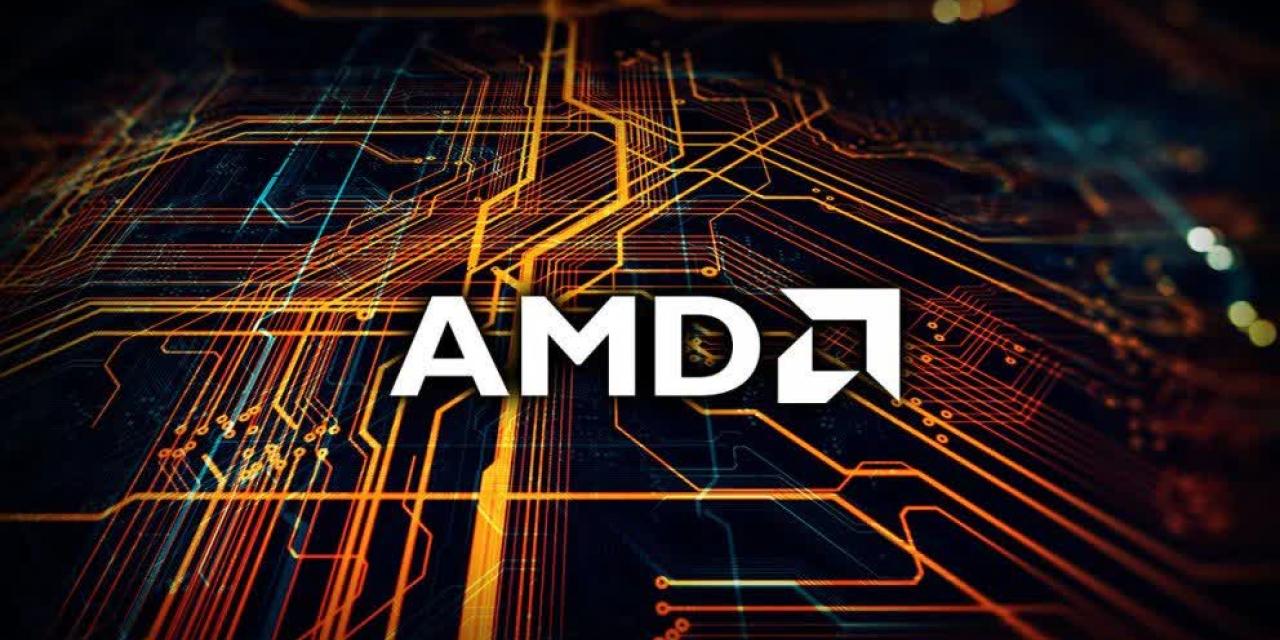
AMD has released a preview driver for its Fluid Motion Frames (FMF) technology, providing an ample performance boost for AMD’s RX 7000-series and RX 6000-series GPUs. Available first only to just two games, Forspoken and Immortals of Aveum, AMD has released a preview which would bring support for the tech to a much wider catalogue of games. Specifically, AMD says the preview driver will work in any DirectX 11 and DirectX 12 game.
While it’s important to note that this is a preview, and not a full release, so it may require some additional tinkering around in your settings to get working properly. But if you’re the type of person who doesn’t mind that, then this driver is a great way to get a significant performance increase in pretty much any game released in the last decade.
Fluid Motion Frames is similar to Nvidia’s Frame Generation technology, and is centered around boosting frame rate. Like Frame Generation, FMF creates new frames based on existing frame data and inserts them between the fully rendered frames. In essence, it’s not really a performance boost, though when done correctly, it certainly feels like one. Latency can take a hit as a result of this tech, which is why Nvidia and AMD have also introduced latency-reducing tech alongside it, Reflex for Nvidia, and Anti-Lag+ for AMD.
That performance hit does mean there are some restrictions on when you should be using FMF. AMD recommends that you only use it in games where you’re able to maintain a minimum frame rate of 55 FPS for 1080p displays, and 70 FPS for 1440p displays or above. Amusingly, tech YouTubers have gotten AMD’s new FSR 3 and FMF tech working on competing graphics cards, specifically the Nvidia GTX 1060. The tech was able to give that particularly old GPU a notable performance boost.
The real bonus for this tech is its widespread support. Nvidia’s version, DLSS 3, is still limited only to specific games, and needs an Nvidia RTX 40-series card to run, due to the hardware requirements. AMD’s FMF has a much wider support base, giving it a bit of an advantage here.
